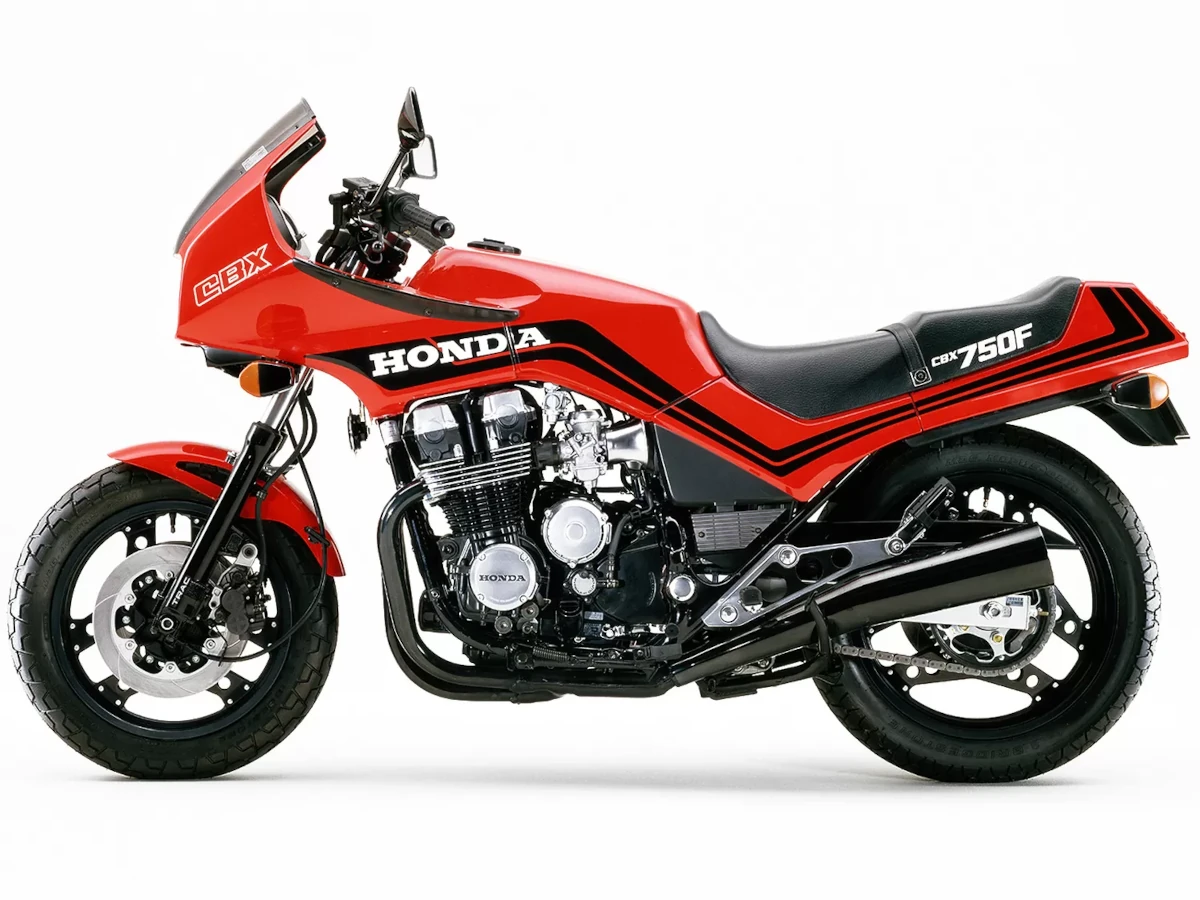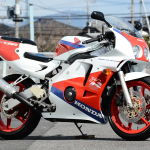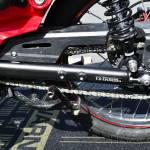HONDA's main power source is the V4, but the third generation of the straight-4 has not let up and debuted with a major renewal!
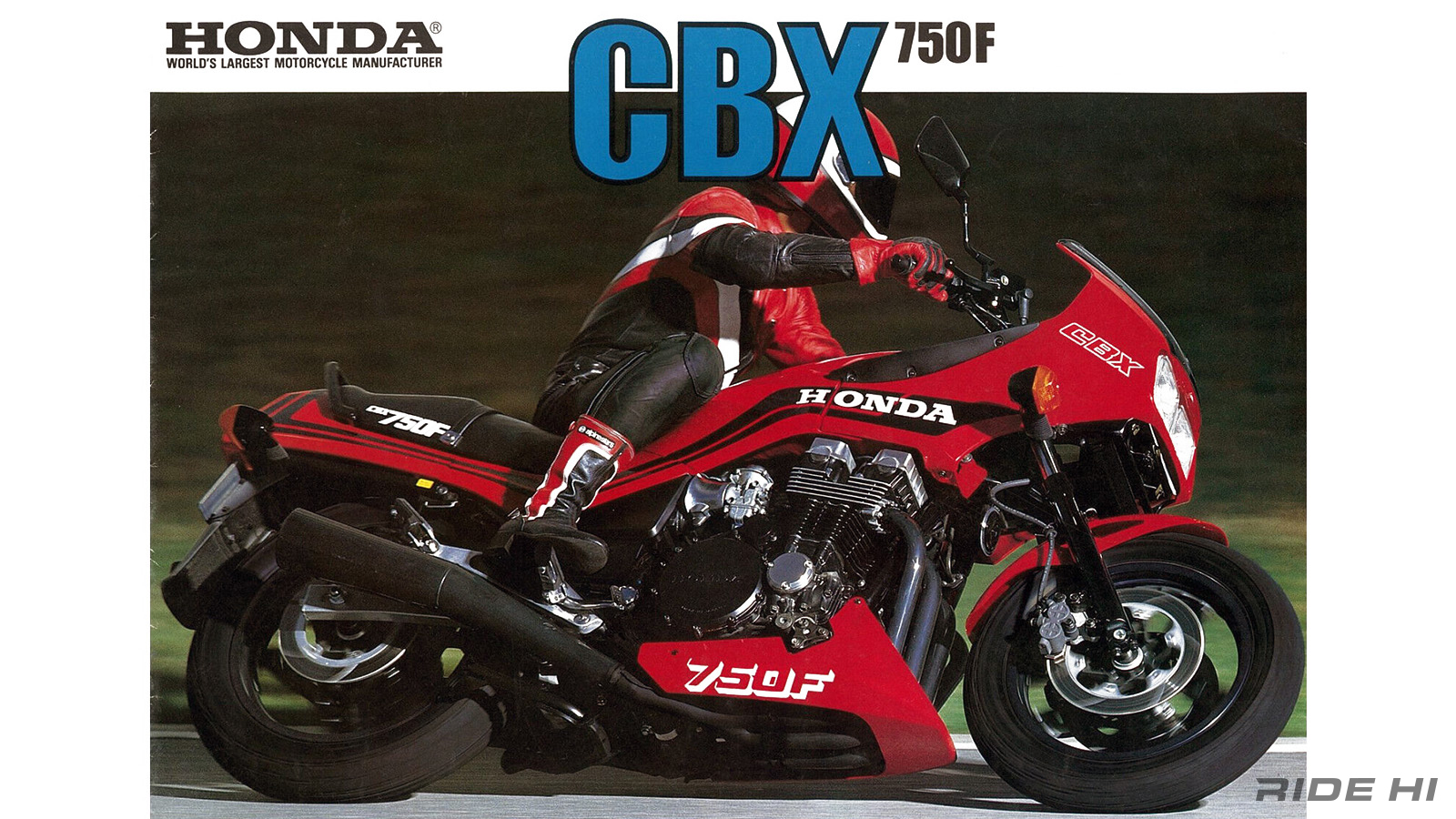
In December of 1983, HONDA released the CBR400F, a 400cc straight-4 front-leaning naked sport, and the CBX750F, the first straight-4 New engine Nanahan in five years.
At the time, HONDA was in the midst of a V-type whirlwind of activity, and HONDA's traditional straight-four (also called parallel four-cylinder or in-line four) had to act somewhat modestly. The V-type was not an up-and-coming model with a conservative configuration, with 250cc 2-cylinder engines, 400cc and 750cc 4-cylinder engines being water-cooled, while straight-4 engines were air-cooled.
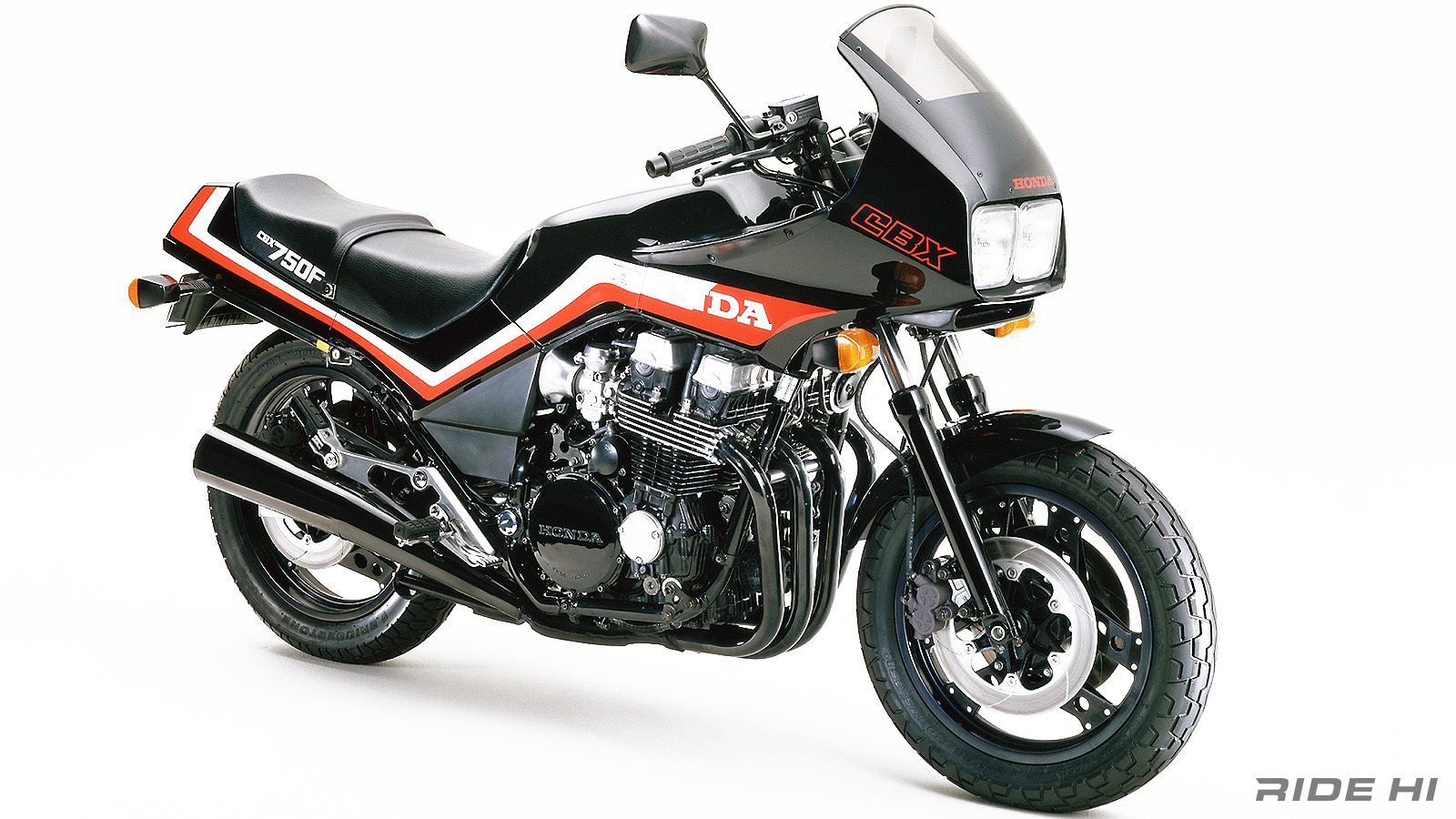
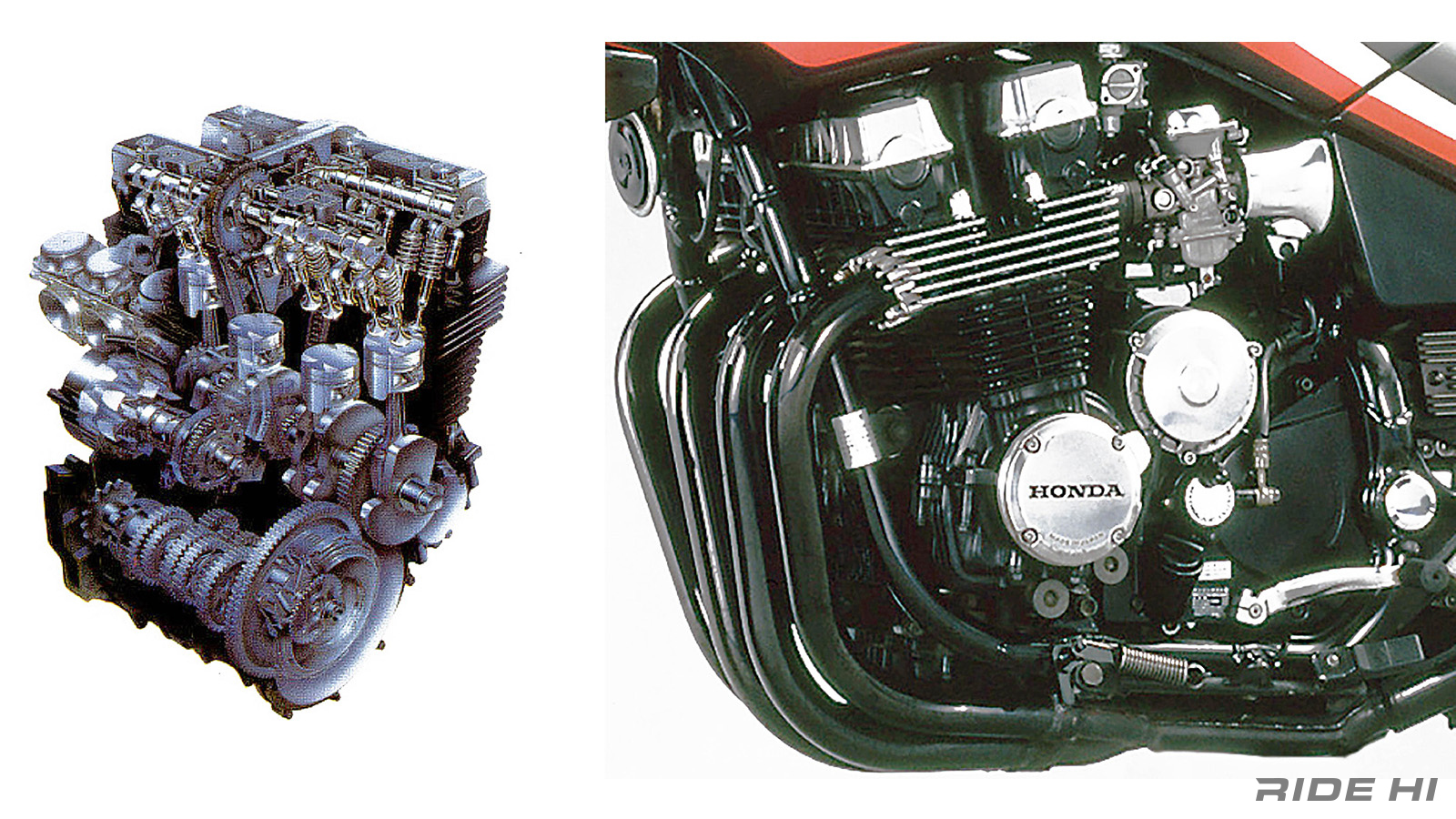
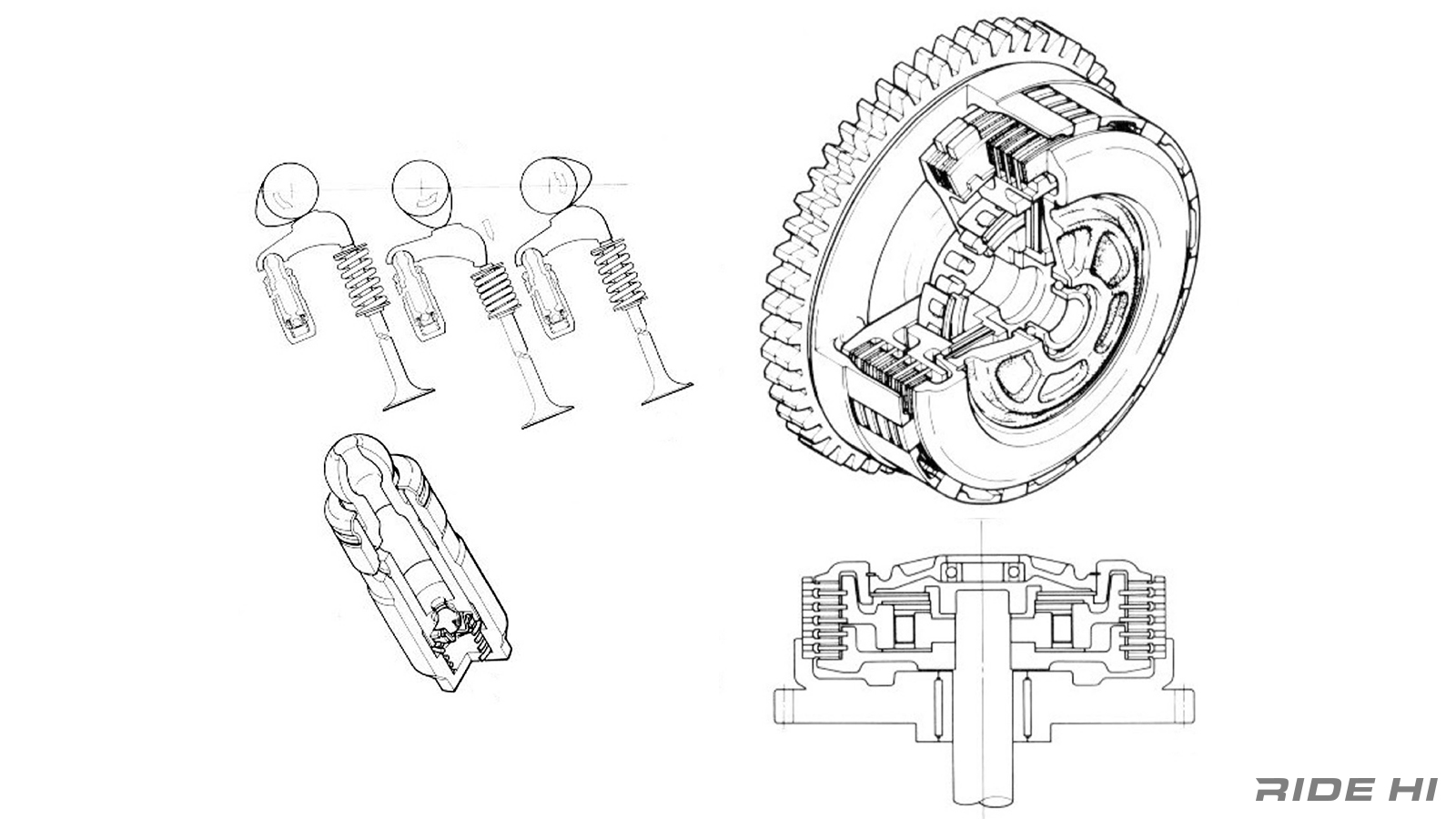
However, the theme imposed on the third generation of the CB750F, from the first generation CB750FOR to the second generation CB750F with DOHC 4 valves, was slim, lightweight, and compact.
First of all, the ACG (power generator) is driven not at the crankshaft end but at the back of the cylinder to make it as narrow as possible, and the advanced and sophisticated 16-valve DOHC mechanism is now equipped with hydraulic tappets, which are small cylinders installed at the position where engine oil is pushed up the rockers during operation, so that the hydraulic tappets do not need clearance adjustment. The tappets were maintenance-free, requiring no adjustment of the clearance between the tappets and the engine oil, and were equipped with a back-torque limiter (today's slipper clutch) to suppress excessive deceleration of the engine brake, which had been developed for the NR500. It was equipped with a back torque limiter (today's slipper clutch) to reduce excessive deceleration of the engine brake.
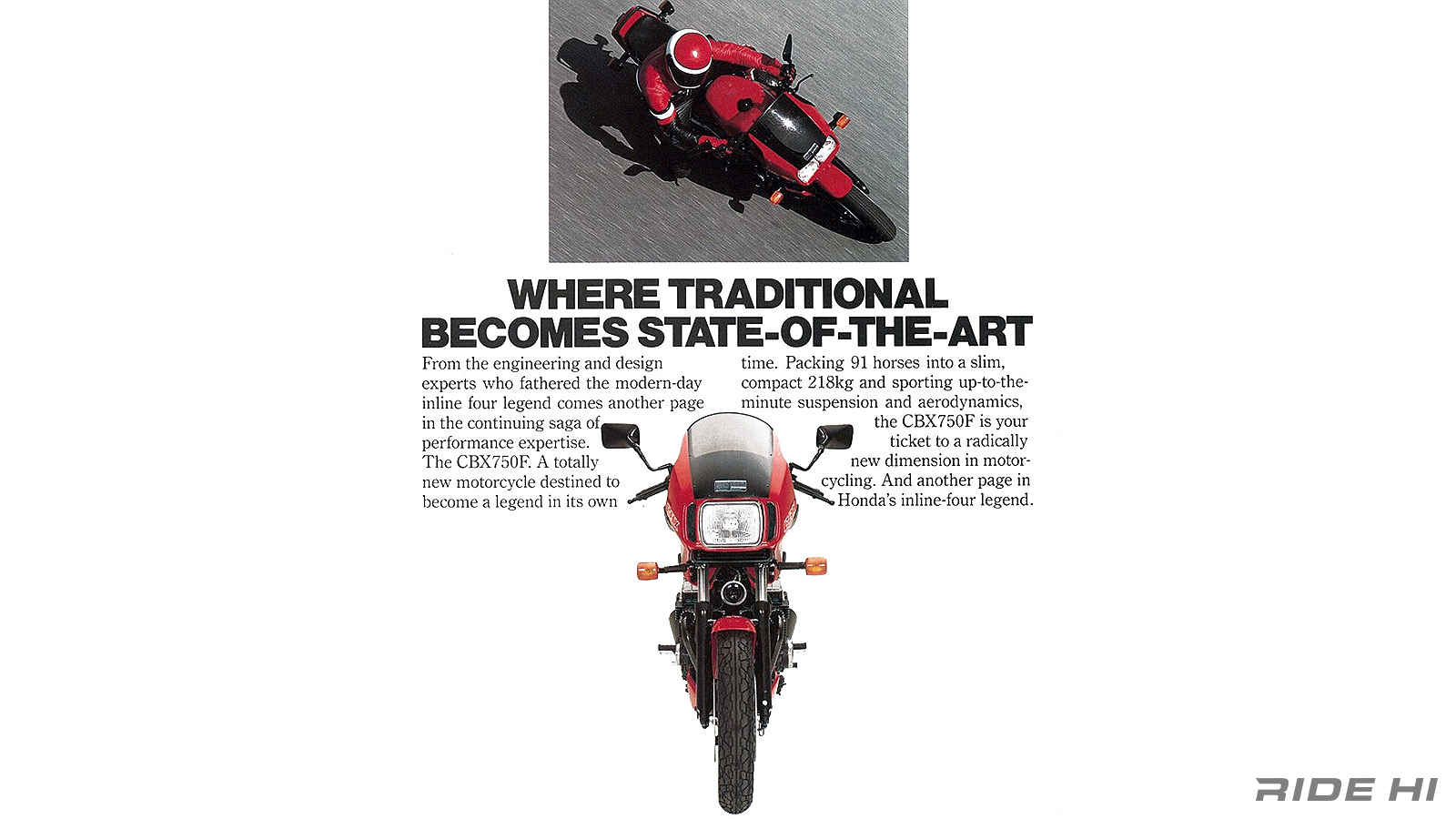
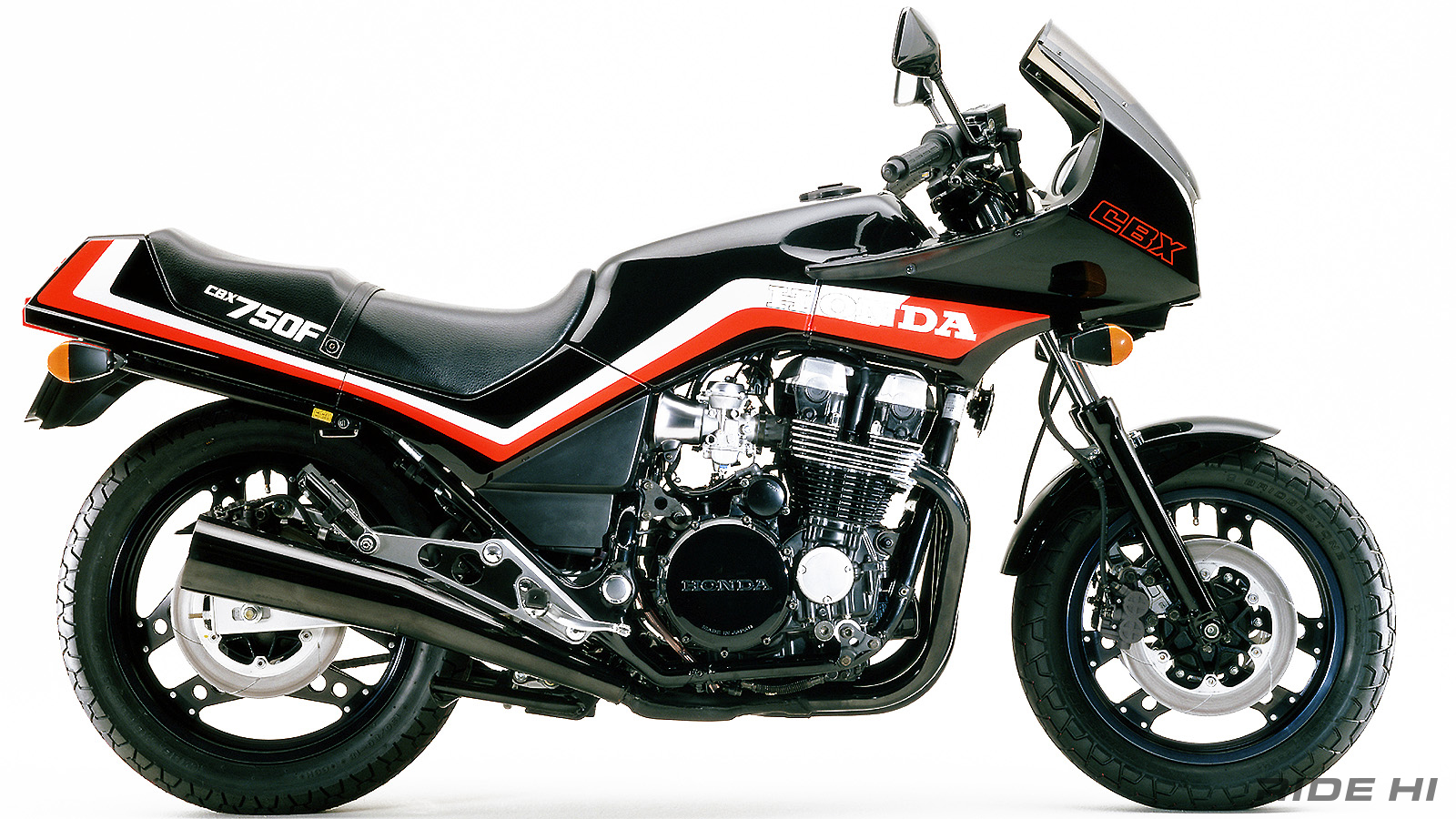
The slimness of this model changed the handling of the straight-four drastically, and it was very popular overseas, where the 750cc class was regarded as a class to enjoy the thrill of cornering, rather than a big, sturdy motorcycle. In Japan, however, it did not attract much attention because the cowl was approved for the domestic market, and the integrated form gave the impression of a gentle touring sport motorcycle that was not quite as hot as it should have been.
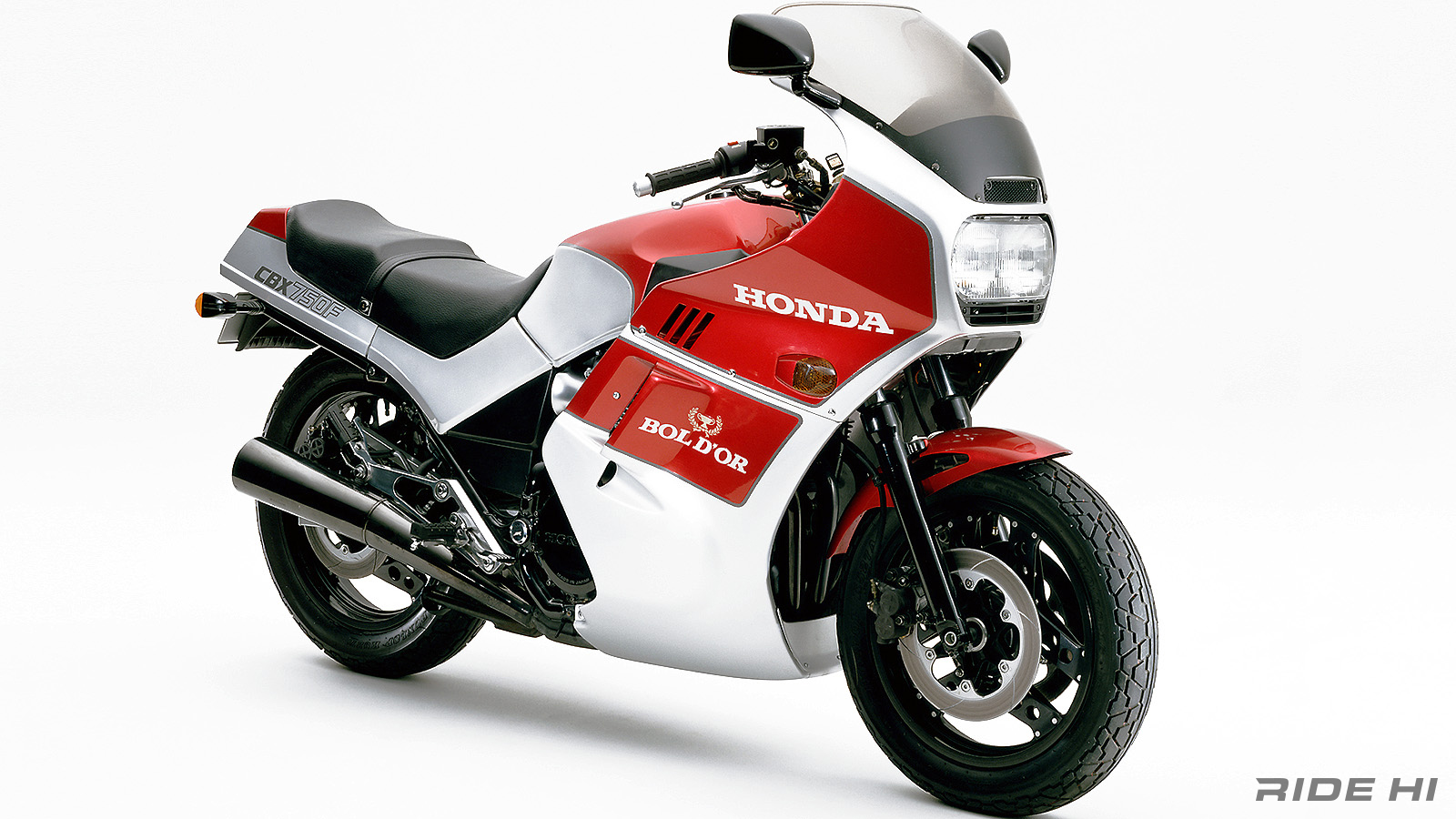

Later, the CBX750F was joined by the Horizon, which was designed for town use, and the Bol d'Or, which had a full cowl and a flagship feel despite its nanahan. The difference between the situation in the Japanese market and the overseas market is significant, and it is regrettable that the CBX750F, despite its extreme ease of riding, has become a minority in Japan, where its existence is not well known.
Original Source [ RIDE HI ]

